Thamnophis atratus
—
Aquatic Gartersnake
Subspecies I've seen:
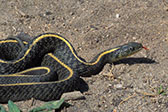
T. a. atratus
Santa Cruz Gartersnake
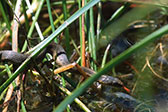
T. a. hydrophilus
Oregon Gartersnake
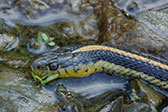
T. a. zaxanthus
Diablo Range Gartersnake
Thamnophis atratus atratus
—
Santa Cruz Gartersnake
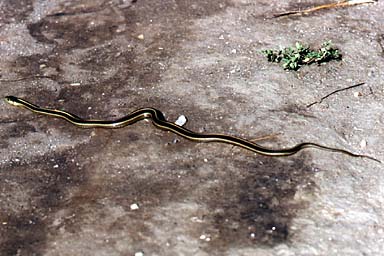
It was nice of this fellow to stop for awhile right in the middle of the trail so I could get its picture. Apparently it was crossing the trail and got spooked enough from seeing us to freeze, but not spooked enough to speed off.
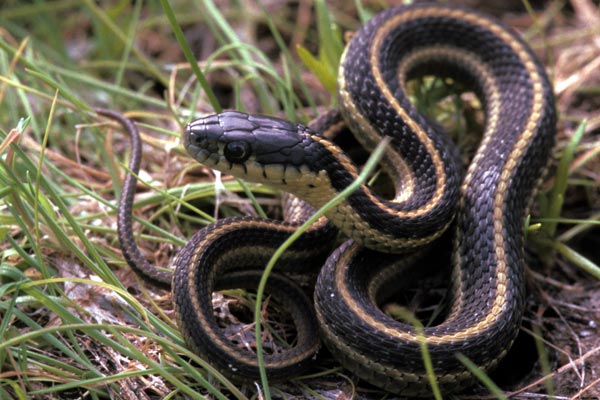
This very young snake was under a rock near a pond full of Sierran Treefrog tadpoles and froglets. This was one fat and happy little snakelet.

It's not simple telling the various gartersnakes apart, and often you'll find two or even three different species living in the same area, specializing in different prey. I originally identified this as a Coast gartersnake, but correspondents Joshua Puhn and Jim Tracy were kind enough to set me straight.
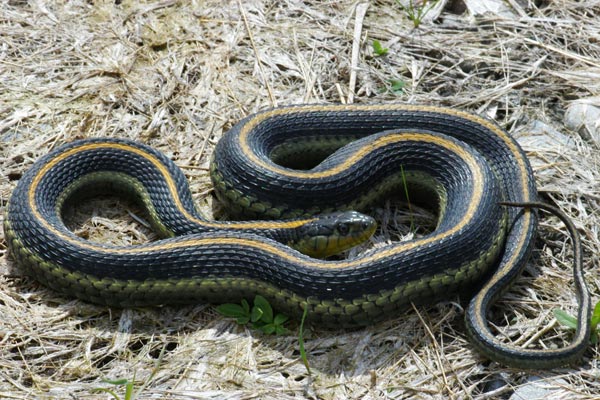
This is a particularly large and, especially, fat Santa Cruz gartersnake. There were a lot of Sierran Treefrogs hopping about in the area, which could explain the numerous lumps in this happy snake's body.
Thamnophis atratus hydrophilus
—
Oregon Gartersnake

This young gartersnake was sharing this corner of the lake with a bunch of gartersnakes of a different species. I keep seeing two species of gartersnake in the same place, so I guess it's not as unusual as I would have thought.
Thamnophis atratus zaxanthus
—
Diablo Range Gartersnake
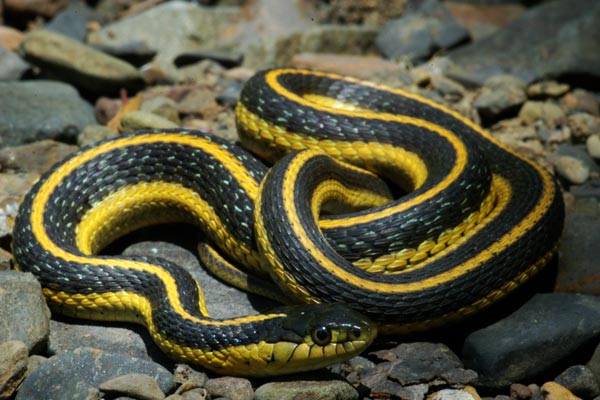
One of the distinguishing features of Aquatic Gartersnakes in this part of their range is that they tend to have a very deep yellow stripe, which this one demonstrates nicely.
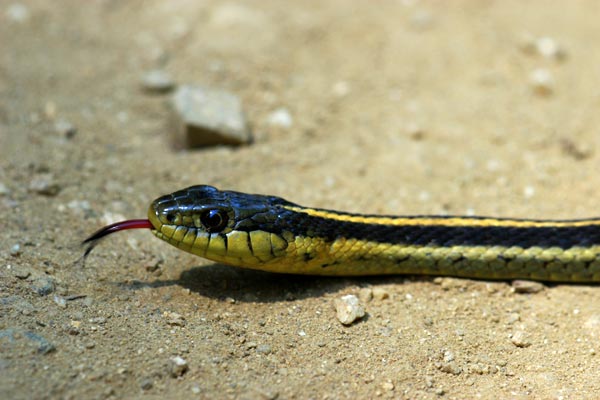
We were intending to visit Andrew Molera State Park in the Big Sur area, but were saddened to discover that at some point they had changed their policy and no longer allowed dogs. So in search of a dog-friendly hike we drove inland and northward on the Old Coast Road that hits Pacific Coast Highway near Andrew Molera State Park. We never did find any dog-friendly hiking in that area, but we did find this one gartersnake basking on the road.
We ended up heading to one of our favorite dog-friendly spots, Garland Ranch, where our dogs had a close encounter with a rattlesnake (with a happy ending).
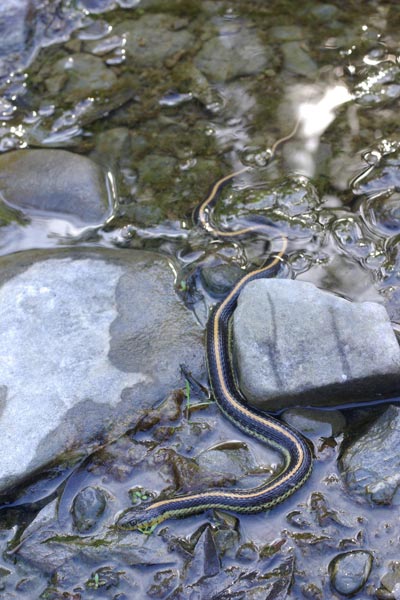

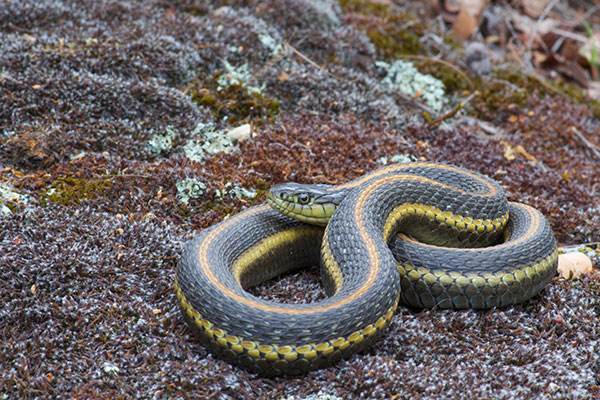
This handsome adult gartersnake was posed by the group of herpers I was with. It looks like it would rather be somewhere else, and soon enough it slithered off to fulfill that dream.
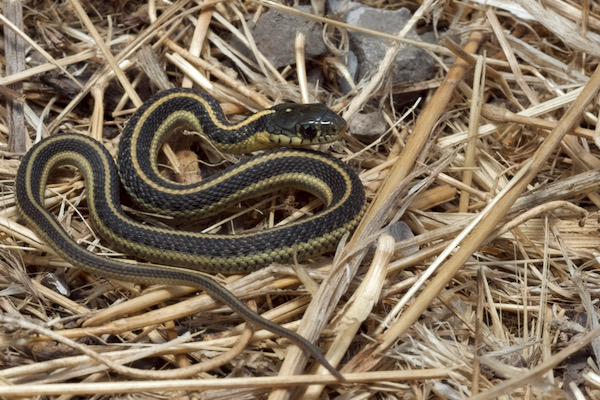
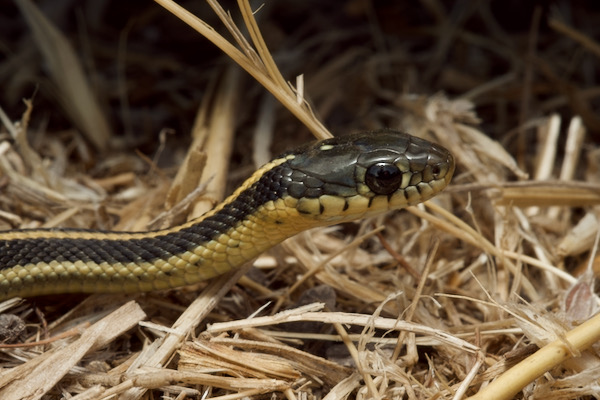
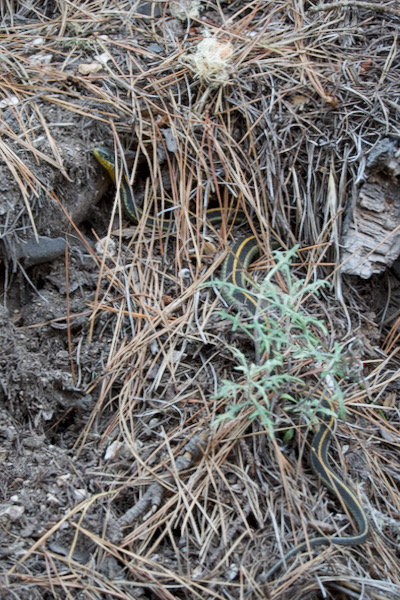
My inaugural visit to this new-ish park was blessed by a teeny-tiny li'l baby T. a. zaxanthus, and a big adult doing its best to hide from me (but failing).
Online references:
- Thamnophis atratus atratus account on CaliforniaHerps.com
- Thamnophis atratus hydrophilus account on CaliforniaHerps.com
- Thamnophis atratus zaxanthus account on CaliforniaHerps.com
Printed references:
- Bartlett, R. D., Tennant, A. 2000. Snakes of North America, Western Region
- Basey, H. E. 1976. Discovering Sierra Reptiles and Amphibians
- Behler, J. L., King, F. W. 1979. The Audubon Society Field Guide to North American Reptiles & Amphibians
- Brown, P. R. 1997. A Field Guide to Snakes of California
- Crother, B. I. (ed.) 2017. Scientific and Standard English Names of Amphibians and Reptiles of North America North of Mexico, with Comments Regarding Confidence in Our Understanding, Eighth Edition
- Ernst, C. H., Ernst, E. M. 2003. Snakes of the United States and Canada
- Smith, H. M., Brodie, E. D. Jr. 1982. Reptiles of North America: A Guide to Field Identification
- Stebbins, R. C. 2003. Peterson Field Guide to Western Reptiles and Amphibians, Third Edition
- Stoops, E. D., Wright, A. 1997. Snakes and other Reptiles of the Southwest, 4th Edition
- Storm, R. M., Leonard, W. P. 1995. Reptiles of Washington and Oregon